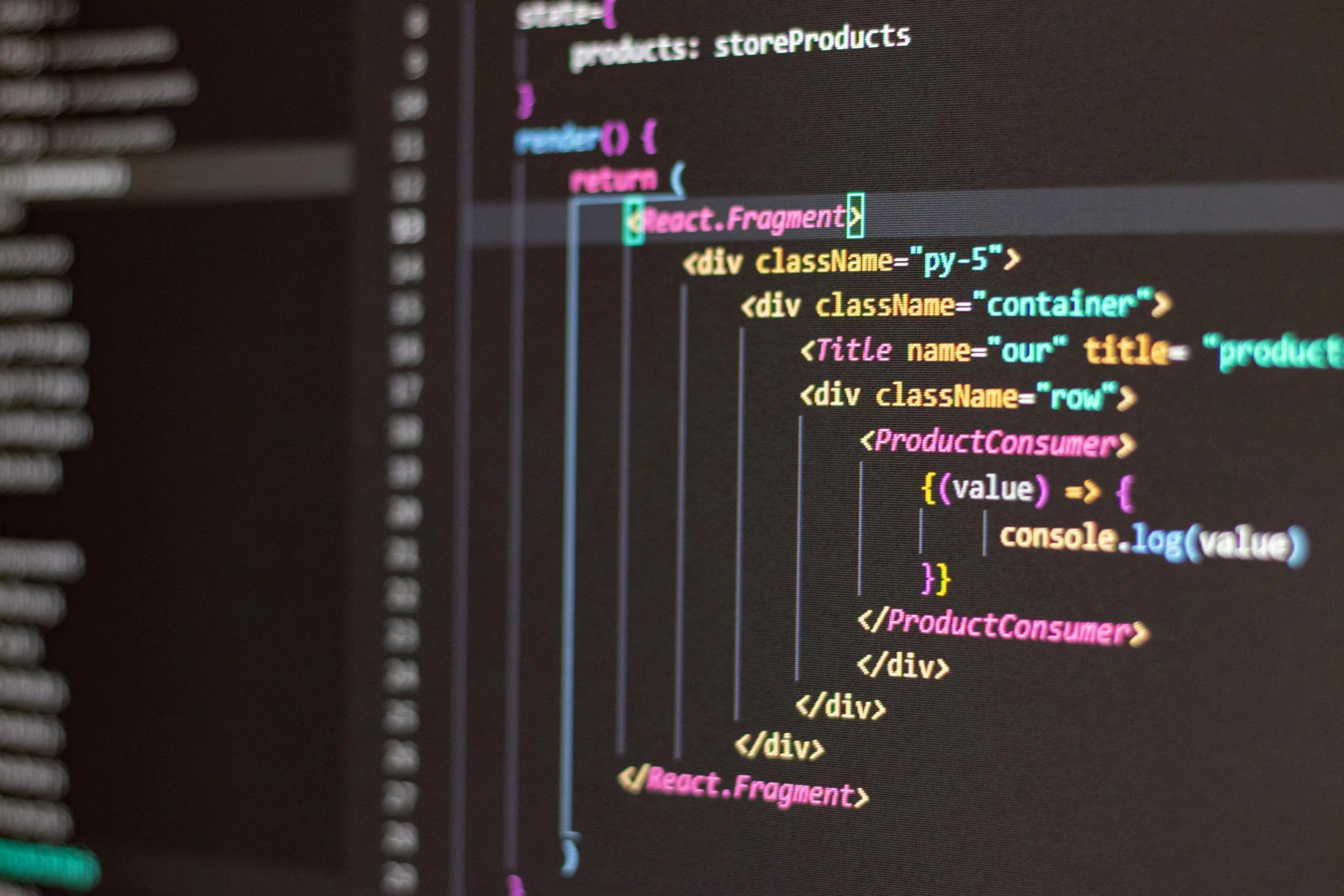Welcome to the future of the internet - Web3.0, a groundbreaking evolution that promises to reshape the digital landscape as we know it. In this short blog post, let's unravel the key aspects of Web3.0 and explore how it's set to redefine our online experiences.
Embracing Decentralization:
Web3.0 signifies a departure from the centralized model of Web2.0. At its core, it champions decentralization, introducing a paradigm shift where control is distributed, and trust is established through innovative technologies like blockchain.
Smart Contracts and Decentralized Applications (DApps):
Web3.0 introduces us to the world of Smart Contracts and Decentralized Applications. Smart Contracts, self-executing agreements powered by blockchain, eliminate the need for intermediaries, ensuring trustless and transparent transactions. Decentralized Applications, or DApps, operate on peer-to-peer networks, giving users a new level of control over their digital interactions.
Enhanced User Experiences:
User experiences in Web3.0 are designed to be more personalized and intuitive. The internet understands not only what we search for but anticipates our needs, offering tailored interactions based on user behavior and preferences.

The Internet of Value:
In the Web3.0 era, we're not just exchanging information; we're transacting value directly. Cryptocurrencies and blockchain technology facilitate peer-to-peer transactions, bringing forth the concept of the Internet of Value.
Challenges and Opportunities:
While the transition to Web3.0 brings exciting possibilities, it's not without its challenges. Scalability, interoperability, and the need for user education are areas that demand attention. However, these challenges present opportunities for innovation and collaboration within the tech community.
Embrace the Evolution:
In conclusion, Web3.0 isn't just an upgrade; it's a revolution. It invites us to reimagine the internet as a space that prioritizes user empowerment, privacy, and collaboration. As we embark on this digital journey, let's embrace the opportunities it brings and collectively shape a future where the internet serves as a true reflection of its users.
Blockchain Backbone:
At the core of Web3.0 lies blockchain—a distributed ledger that ensures secure, tamper-proof transactions. This not only revolutionizes financial interactions but extends to various aspects of data management.
Interoperability:
Web3.0 emphasizes interoperability, enabling seamless communication between diverse platforms and applications. This interconnectedness fosters a more cohesive and user-centric online experience.
Decentralized Autonomous Organizations (DAOs):
Web3.0 facilitates the rise of DAOs—organizations governed by smart contracts and community consensus. This decentralized model promotes more inclusive decision-making.
Digital Identity Solutions:
Web3.0 introduces innovative digital identity solutions. Users have more control over their online identities, and systems are designed to be more resistant to identity theft and fraud.
Immersive Experiences with AR/VR:
Augmented Reality (AR) and Virtual Reality (VR) technologies integrate seamlessly into Web3.0, offering users immersive online experiences beyond traditional two-dimensional interfaces.
Here are three main points on "Web3.0"
- Decentralization and Trust:
- Smart Contracts and DApps:
- Enhanced User Experiences and the Internet of Value:
Conclusion:
Web3.0 represents a significant leap forward in the evolution of the internet, promising a more user-centric, secure, and interconnected digital experience. As we embrace the decentralized web, we are likely to witness a transformation in the way we engage with digital content, conduct transactions, and build online communities. The future of the internet is evolving, and Web3.0 is at the forefront of this exciting journey.
The era of Web3.0 has arrived, and the possibilities are limitless. Are you ready for the next chapter?



